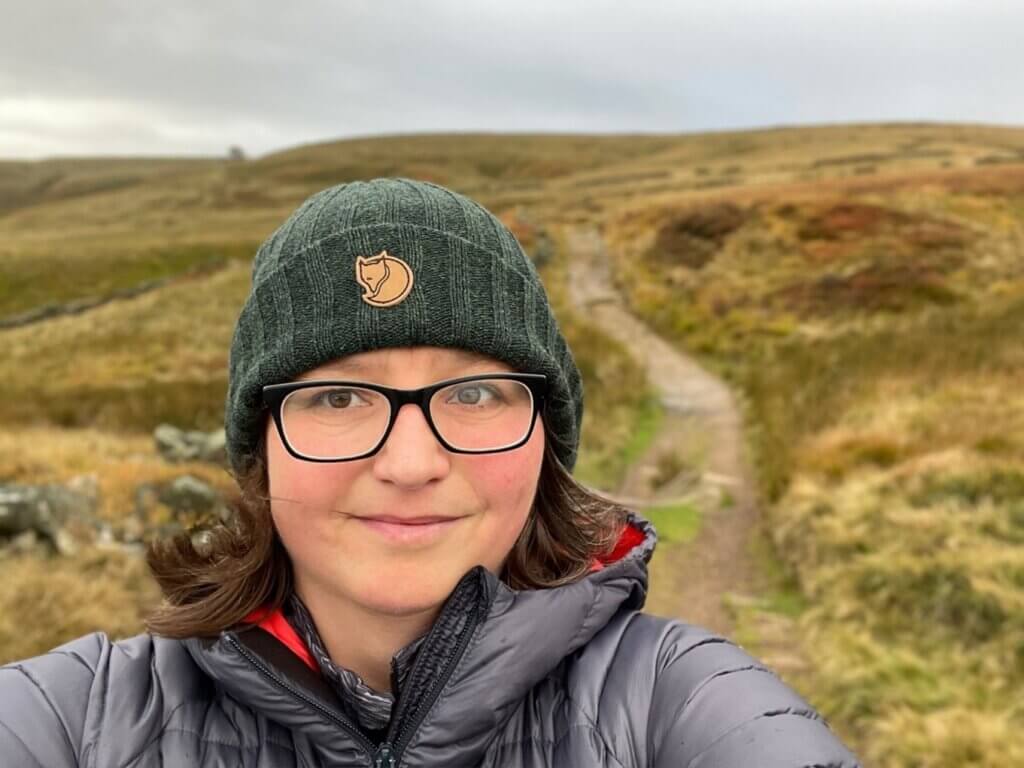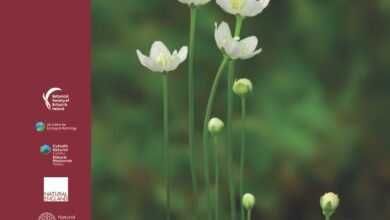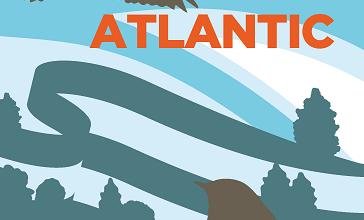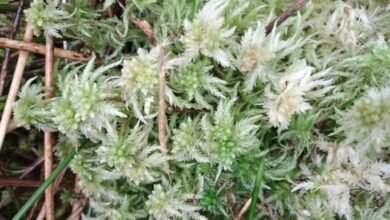
Kate is a photographer and has lived in Haworth for twenty years. Walking on the moors she has come to learn that no two days are ever the same. Her blog about Haworth & Stanbury moors is at www.katietuppence.com. This is her fourth blog in this series about Walshaw Turbines – see here for the whole series.
Turbine 14 Round Hill SD 95291 34566 ///crucially.issues.with

26 July 2025 My aim this morning was to head to the proposed site of wind turbine T14 and write about what I saw on the way. I follow my usual rules: I only describe what I see or hear on the way to T14, and all the photos were taken on the walk.
I set off from Bully Trees above Stanbury following the Pennine Way, past Top Withens before dropping down to the Walshaw reservoirs. Within a few minutes into my walk I spotted a pair of kestrels, the first of many that I would see. Kestrels were overhead for most of the morning. They are a common bird above Walshaw Moor.

The bracken had sprung up over the past week or so and although many people don’t like it, it gives a great landing site for many small birds.
There were lots of reed buntings, willow warblers, meadow pipits and stonechats flitting here and there, pausing every now and then for a photograph. It was lovely to see so many juveniles too: 2025 has been an amazing breeding season on Walshaw Moor.

As I was following the Pennine Way along the SE edge of the middle reservoir I spotted a short-eared owl out hunting. These are now quite a common sight on Walshaw Moor, though they are nationally threatened and amber-listed.

The reservoir was much quieter than I was anticipating. There was a small group of lapwings circulating but no where near as many as I observed at the start of the season and many will have already started their journeys back to their wintering grounds.

There was a handful of oystercatchers down at the reservoir too and I could hear the odd curlew but didn’t see any.

I always feel a bit melancholy when the ground nesters head off after the season. I love them being here. From March to July the moorland’s a hive of activity full of chicks and new beginnings.
The sand martins are still here, but no photographs because they’re far too quick for me. I stood and watched them for a while, darting through the air, this way and that. And then I headed off up the Greave Clough to the proposed site of T14.
After the Pennine Way, this feels like a remote place despite the good track that the 12-metre-wide CEP spine track will follow if it is built, four times the width of the present track.

I try to formulate a time lapse in my mind of how it would have come to be. A glacier would have definitely passed this way, forming the U-shaped valley I’m in that the sometimes raging stream has deepened to a V. There are erratics scattered about and the Mere Stones up above me have glacial striations.
When I reach the site of T14 I decide to make myself a coffee and think about our ancestors being here, before the industrial revolution, before the first settlements even. Sat with my stove on I think about them sitting round a wood fire. I wonder what they would think of the mess we have made.
T14 is a strange site. It seems to be on the side of the hill. If it was on the flat top of the ridge just a minute above it would be right on top of T40. None of the other sites I have been to have looked like this.

I hear a kerfuffle above me. A kestrel is attempting to mob a buzzard. It’s a bold manoeuvre. Then over in the distance I notice another bird of prey approaching, probably like me curious to know what is going on. I think it’s a kite, which are becoming more common on Walshaw Moor.
So above me as I’m sat having my brew is a kestrel, a buzzard and a kite. I fired off a few shots, not the best, but a document in time if nothing else.


After I’ve finished my brew and had a buttie I head off back home across the tops. I stop off at the field near the plantation over Stanbury way, hoping for a last sighting of the Curlew family I’ve been observing all season. I sit for a good half hour or so waiting before deciding to head off: ‘I’m too late’ I think to myself.
But then I hear him. I look up and there he is stood on the wall. He stays for 10 seconds or so as I stand and watch him, then he is gone. I smile to myself. ‘Until next year my feathered friend.’

[registration_form]
Source link




